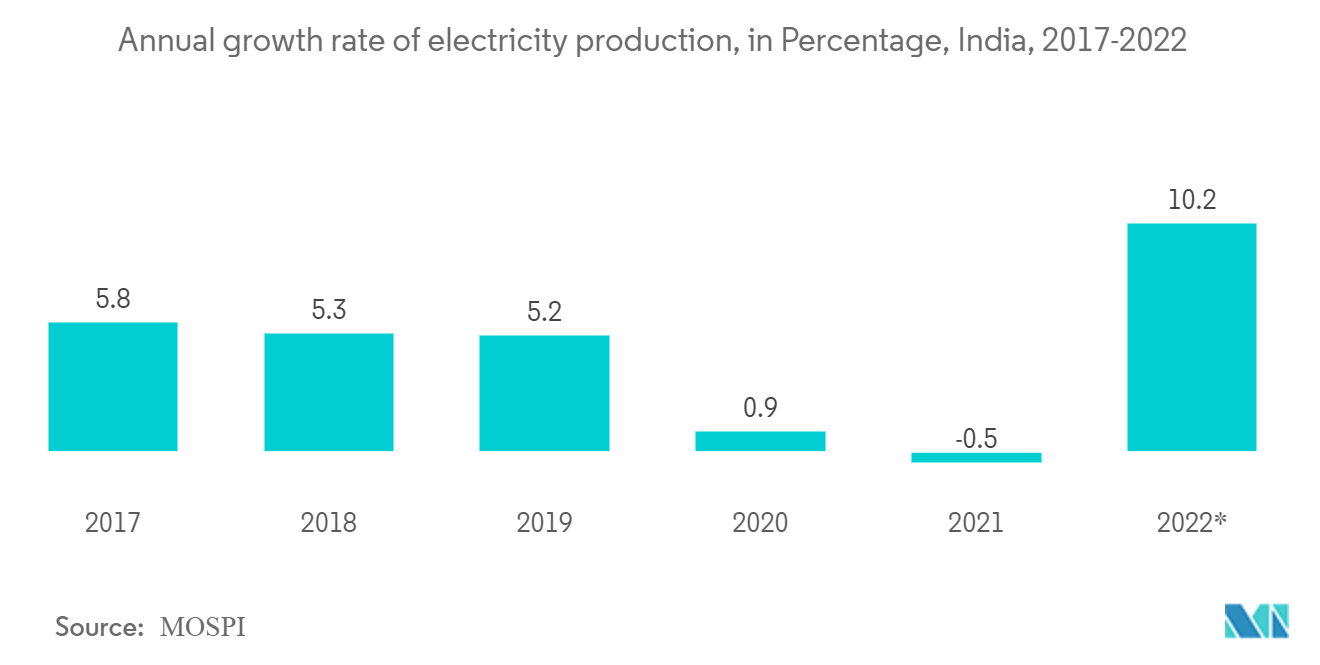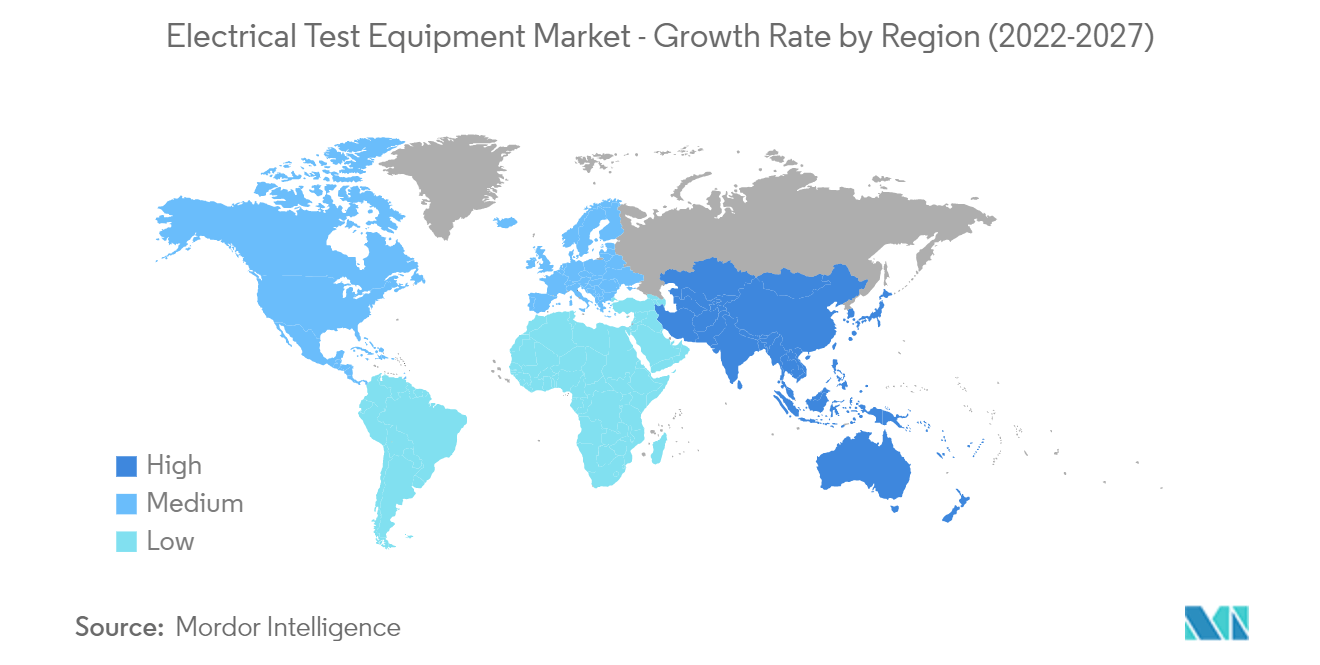Market Trends of Electrical Test Equipment Industry
This section covers the major market trends shaping the Electrical Test Equipment Market according to our research experts:
Energy & Power is Expected to Hold Significant Share
- Surging the renewable energy sector generates significant demand for testing equipment for transformer, battery, power quality, and insulating testing applications. According to British Petroleum estimates, the world will see a 400% growth in renewable energy by 2040, which will eventually create high demand for electric test equipment to measure DC current as most renewable energy generates DC current more than traditional AC current. Growth in the global population and economy and population, coupled with rapid urbanization, is anticipated to contribute to a substantial increase in energy demand over the coming years.
- The increase in demand for energy is resulting in the construction of nuclear power plants. It is estimated that over 450 nuclear power reactors are operating in 30 countries. An additional 50 power reactors are currently being constructed in 15 countries (majorly concentrated in countries like China, India, Russia, and the United Arab Emirates). However, the electrical testing equipment's ability to perform under high energy conditions while encountering a significant fault is anticipated to be complicated.
- Further, at COP26 in Glasgow in April 2022, India's Prime Minister announced 500 gigatonnes (GW) of non-fossil fuel capacity and 50% of energy from renewable sources by 2030, with a net zero target by 2070. The response has been encouraging, resulting in increased competition in the traditionally coal-dominated energy sector. As a result, renewable energy capacity additions are now driving the county's energy supply growth.
- With the outbreak of COVID-19, lockdown measures have significantly reduced electricity demand in the commercial and industrial sectors. Ministry of Statistics and Programme Implementation (MOSPI) estimates that India's electricity production decreased by -0.5% in FY 2021 and forecasts a 5% contraction by the end of the year. In addition, according to MOSPI, electricity production in India is anticipated to be 10.2% by FY 2022, which will further drive market growth.
- Additionally, in March and April 2020, International Finance Corporation (IFC) observed a 15% drop in demand, on average, in many countries where it does business. The COVID-19 pandemic has caused many dislocations to the power sector, which negatively impacted the market.

Asia Pacific is Expected to Witness Fastest Growth
- Multiple infrastructure projects, such as implementing high voltage lines and power generation plants, are expected to drive the demand for electrical testing equipment in the region. For instance, in August 2022, China's State Grid plans to fund more than 150 billion yuan (USD 22 billion) in ultra-high voltage (UHV) power transmission lines in the second half of 2022. The construction of eight new UHV projects is planned to connect China's far western regions, where solar, wind, and hydropower plants are primarily located, to its major cities will further drive the market growth.
- In May 2022, Eaton announced that it had signed an agreement to acquire a 50% stake in Jiangsu Huineng Electric Co., Ltd. (Huineng), which manufactures and markets low-voltage circuit breakers in China and had revenues of USD 35 million in 2021. This will allow the company to expand further to meet the needs of the high-growth market.
- According to the IEA, renewable electricity is growing faster in India than in any other major economy, with new capacity additions on track to double by 2026. Furthermore, according to IBEF, wind power is expected to account for 33.01% of total energy consumption by 2025-26. According to this trend, India is expected to add approximately 19.4 Gw of wind capacity, with central tenders accounting for 76% of the total, followed by state utility markets; commercial and industrial segments will further drive the market growth.
- Further, in May 2021, The United States of America and India reached an agreement to expand the Indo-US Joint Clean Energy Research and Development Centre (JCERDC) by funding new research in two areas critical to improving the reliability, flexibility, and efficiency of the electricity delivery system, namely Smart Energy Grids and Energy Storage. The program is managed in India by the bilateral Indo-US Science and Technology Forum (IUSSTF) and in the United States by the Department of Energy. Such announcements are expected to increase the need for electrical testing equipment in the region.


